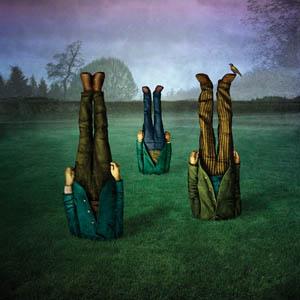Eric Zener is a contemporary photo-realist figurist painter whose work usually depicts individual figures--many of which are under water or near it. According to an interview with Art Business News, Zener is a self-taught painter and he creates his work as a cathartic relief for himself. He states: "My work is about psychological turning points and transformations and risk, taking that proverbial leap of faith, balanced with that quest for finding refuge, finding quietness and stillness and escapism."
For the most part, I feel that his work captures that introspective nature he describes. Each of his pieces have a certain sense of contemplativeness about them. They inspire self-reflection and consideration. Without a doubt, this is my favorite aspect of his work. However, the photo-realistic qualities are equally beautiful. The details of the water are particularly high quality. Ultimately, though, the appearance of isolation and notions of escapism are the main draws for me.
His website may be found here.












































